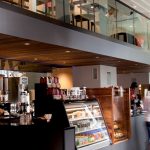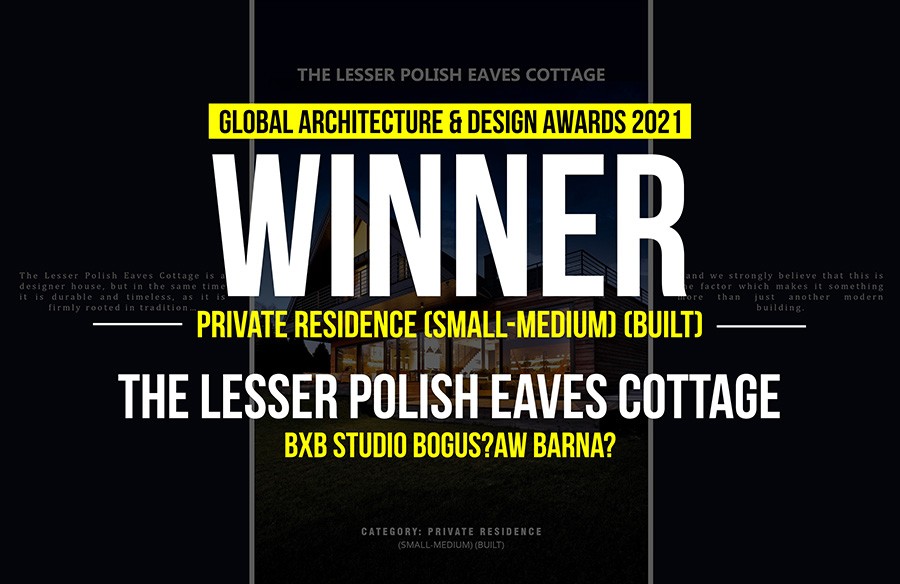First Award | Households (Built)
[tabs type=”horizontal”]
[tabs_head]
[tab_title]Project Info[/tab_title]
[tab_title]Details[/tab_title]
[/tabs_head]
[tab]Firm Name: Big Ass Fans Design Team
Participant Name: Scott Sloan
Country : United States[/tab]
[tab]Haiku with SenseME
Problem: From schools to shopping malls, Americans have become accustomed to overly air-conditioned spaces – a design habit that is wasteful from not only the business perspective, but from an environmental one as well. Meanwhile, air movement, once a pillar of architectural design, has been relegated to a mere alternative means of cooling.
Ceiling fan technology is an efficient tool for maximizing air movement, but the average consumer doesn’t take full advantage of the ceiling fan, despite its prevalence. Nearly 300 million ceiling fans are spinning in American homes right now and another 12 million are purchased each year. In about 50% of homes where fans are installed, a ceiling fan is running in an empty room at least half the time.
Solution: A smart ceiling fan would maximize air movement, bridging the gap between energy-intensive air conditioning and thermal comfort concerns. The fixture itself should be highly efficient and should, if possible, decrease energy usage within the space. The fan should be capable of integrations with existing IoT technology, but integration will be a secondary concern to stand-alone functions.
Operability: The process should explore motion sensing, advanced timer functions related to automated scheduling, impact on air conditioning, impact on heating systems, sleep conditions, integration with other home technologies, and automated light functions. The goal is to work toward smart automation, with focus on building strong use-case models.
Design and Market: The company brand currently serves the high-end residential market with a focus on craftsmanship, efficiency and performance. To leverage and build upon that demographic, the smart ceiling fan must maintain the minimalist exterior and high-quality components of their existing residential fan. The company would like to pursue a Made in America designation for the product, so the technological components should be primarily sourced from local manufacturers.
[/tab]
[/tabs]
If you’ve missed participating in this award, don’t worry. RTF’s next series of Awards for Excellence in Architecture & Design – is open for Registration.
[button color=”black” size=”medium” link=”httpss://www.re-thinkingthefuture.com/awards/” icon=”” target=”false”]Participate Now[/button]
[g-gallery gid=”3822″]







